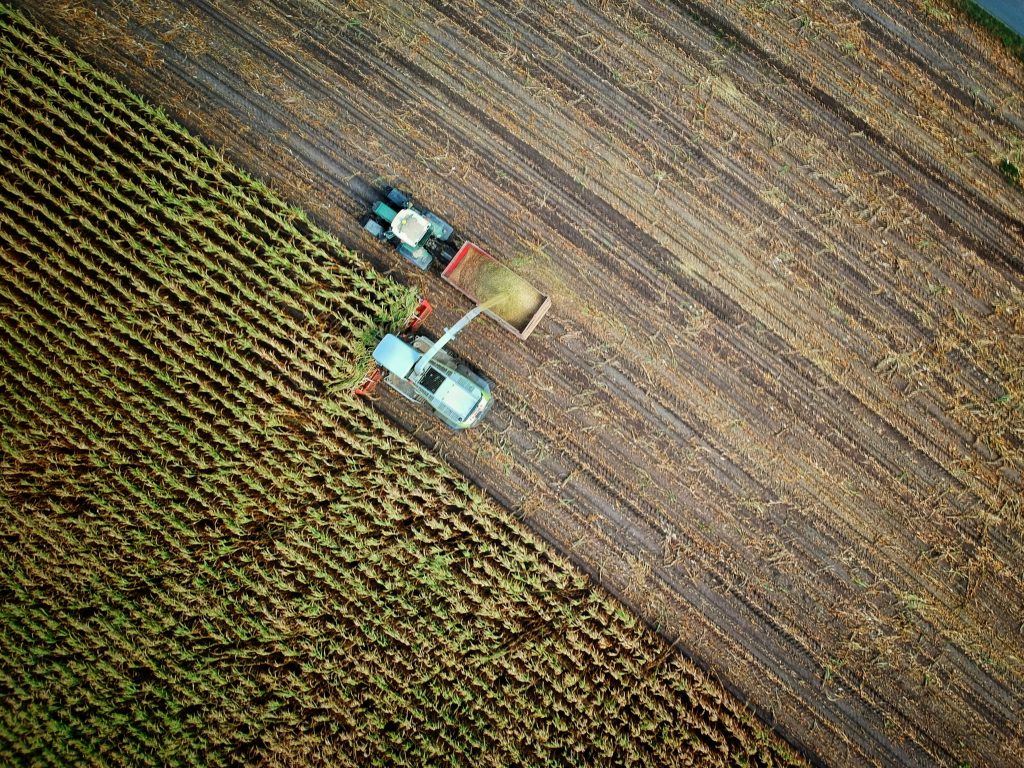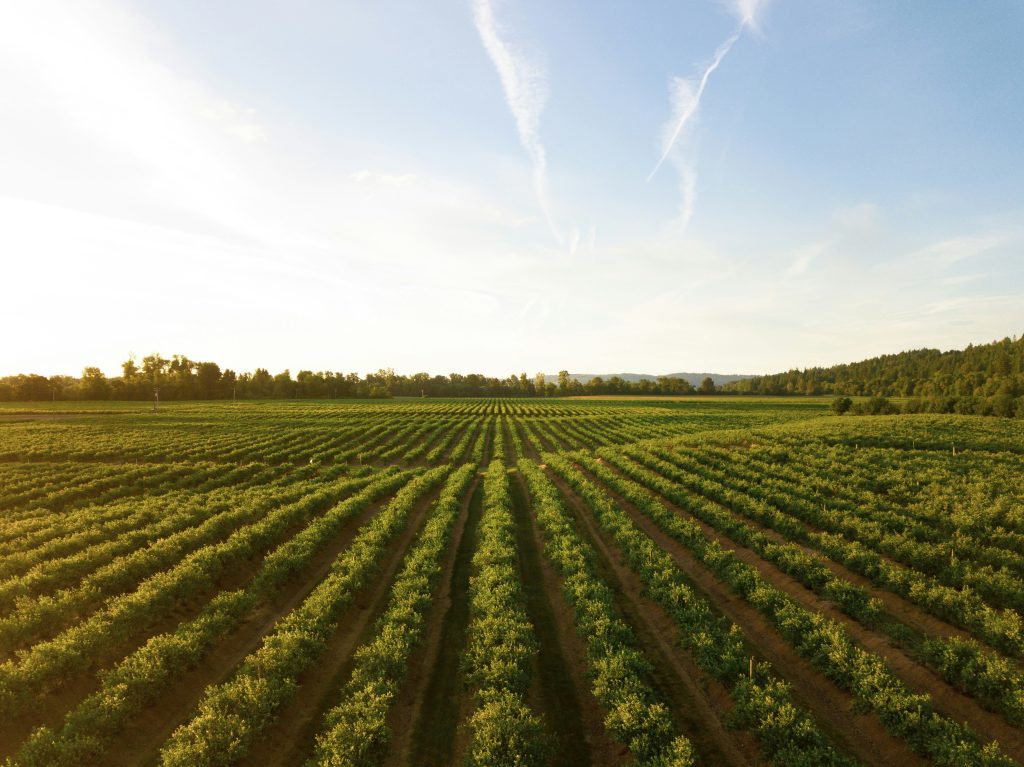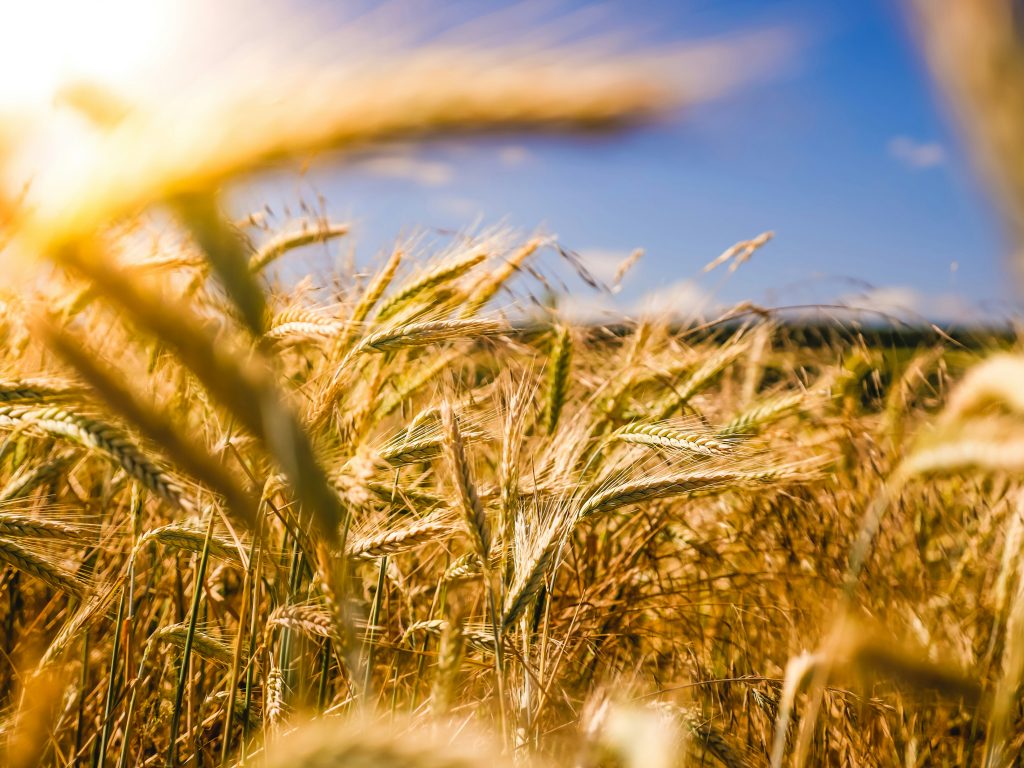April the 17th, 2024 – Currently, only around 10% of the entire Croatian agriculture sector is utilising digitisation, lagging far behind the average.
As Poslovni Dnevnik/Miroslav Kuskunovic writes, according to estimates presented recently at an agricultural conference, slightly more than ten percent of producers in the Croatian agriculture sector are actually using digital agricultural production management systems. In more developed countries, this proportion is much higher. Almost 40 percent of agricultural producers in other developed EU countries use some digital systems within their respective agriculture sectors, and about 30 percent of them use IT and manage their data using some tool, this can be something as simple as Excel.
The data shows that only 30 percent of farmers in developed agricultural countries aren’t currently using digital technologies. Instead, they continue to use traditional methods of monitoring data on their agricultural production or don’t monitor the situation at all. According to the Report on the Digital Economy and Society Index (DESI) for 2022, in the category of digital public services, Croatia ranked an unimpressive 23rd among EU Member States. Aside from numerous EU funds, Croatia also has plenty of opportunities to invest in digitisation through the European Next Generation fund, i.e. the National Recovery and Resilience Programme (NPOO). That programme provides substantial funds for the digital transformation of the Croatian agriculture sector. All these possibilities should influence the increase of digitisation and affect the development of domestic agriculture going forward.
a revolution in production

Experts agree that digital technologies have enormous potential to significantly improve the Croatian agriculture sector and introduce a revolution in production. They can help farmers work more precisely, efficiently and sustainably, and thus significantly increase their overall productivity. On the basis of digital technologies and data, producers in the Croatian agriculture sector can improve decision-making and also increase their overall levels of ecological efficiency. When looking at the latter from the aspect of obligations arising from the new EU green policies, this is of crucial importance for farmers. It’s also important for the state, which must measure all parameters of pollution, as it all must be reduced in accordance with the From field to table strategy.
Furthermore, research, innovation, capacity building in the agri-food sector and the digitisation of production process are currently financed from numerous EU funds. They’re also held up by various innovative financial initiatives such as the Obzor or Horizont programmes. Croatia also has opportunities to invest in digitisation through the aforementioned Recovery and Resilience Programme, which provides significant funds for the digital transformation of agriculture. These funds can significantly contribute to the wider use of digital technologies across the Croatian agriculture sector.
“The Croatian agriculture sector lags far behind in terms of technological equipment and the use of digital tools. Part of the cause of the low productivity of Croatian farmers is also the lack of accessible data and information necessary for smart management and improvement of production. This includes the timely planning of activities, the use of sustainable agro-technical practices, ensuring traceability and increasing the quality of agricultural products in order to increase income,” a recent analysis from the consulting company Smarter showed.
Up-to-date, structured information directly from the fields and farms themselves enables correct decision-making with the aim of achieving efficient, profitable, and above all sustainable agricultural production. These technologies, as well as knowledge, aren’t currently all that widely available to Croatian farmers. Technologies such as AI, robotics, the Internet, 5G networks, blockchain and supercomputers have the potential to make the Croatian agriculture sector far more efficient, sustainable and much more competitive than it is today.
the acceleration of generational renewal

“If, in the age of modern technologies, we don’t measure and monitor how much fertiliser, pesticide, or antibiotics are used, if we don’t know how much is produced organically on each farm, we aren’t even going to be able to monitor our obligations or line them up with the EU’s green goals. Digitisation is making the business of food production more attractive to younger generations, and new technologies have the potential to offer consumers greater transparency about how their food is produced. In addition to agriculture, digital technologies are also the key to making rural communities more attractive for young people to live in, and therefore reducing the problems of distance from large urban centres,” the analysis pointed out.
What’s currently crucial is to have systems in place that are compatible, easy to use, and allow maximum access and the use of all available public data. The most effective solution would be to enable the use of a single national IT platform for all producers in the Croatian agriculture sector, regardless of their size. Through this, the introduction of digital production management will be ensured. This would additionally ensure the implementation and control of achieving the goals set out by the From field to table strategy.
At the recent promotion of the Strizivojna project – the first Croatian digital village (digitalno selo), all stakeholders agreed on some points for the more effective implementation of digitisation. They concluded that it’s necessary to join forces and knowledge, and to use the example of a single digitised area in Croatia to create an example of how it should be done. If this project is carried out correctly, it will demonstrate the power of knowledge and skill, and bring about new processes that are absolutely necessary for Croatian agricultural production.









